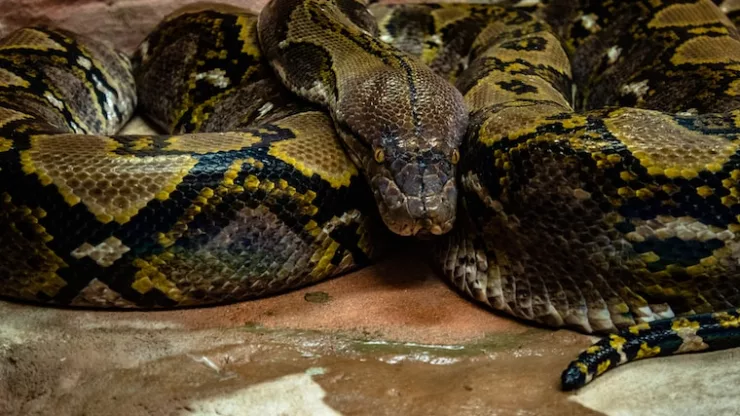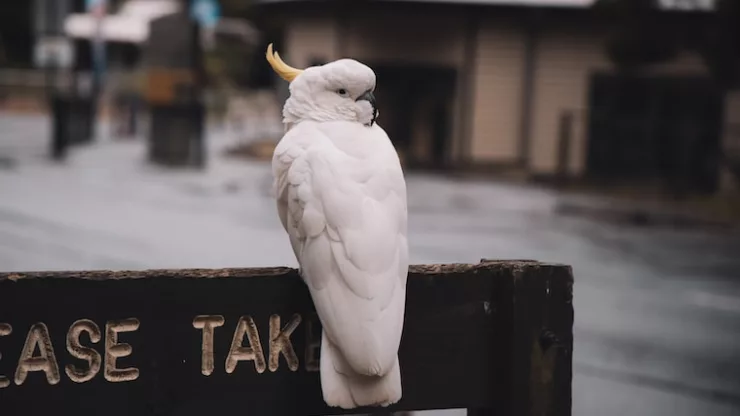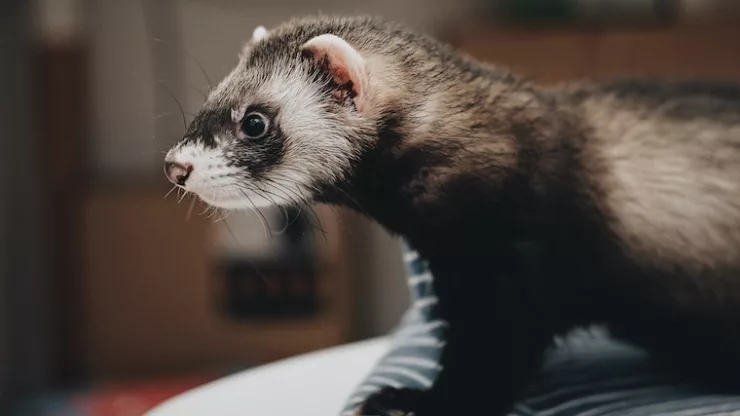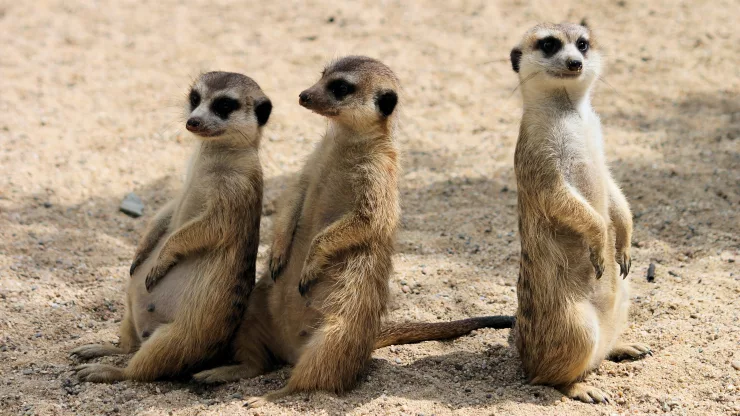Anacondas are some of the largest and most fascinating snakes in the world.
These giant reptiles can be found in the jungles and swamps of South America, and they have captured the imagination of people all over the world.
Here are 22 facts about anacondas that will help you learn more about these incredible creatures.
- Anacondas are one of the largest snakes in the world, with some individuals reaching lengths of up to 30 feet.
- They are found in the rainforests and swamps of South America, where they hunt for prey in the water.
- Anacondas are not venomous, but they are incredibly strong and can easily overpower their prey.
- They are constrictors, which means they wrap their bodies around their prey and squeeze until it suffocates.
- Anacondas are excellent swimmers and can stay underwater for up to 10 minutes at a time.
- They have no natural predators, except for humans who hunt them for their skins and meat.
- Female anacondas are larger than males, with some reaching weights of up to 550 pounds.
- Anacondas are cold-blooded, which means they rely on the environment to regulate their body temperature.
- They are most active at night and spend most of their day resting in the water or on land.
- Anacondas have a prehensile tail, which means they can use it to grasp onto branches and other objects.
- They have small, sharp teeth that are perfect for gripping onto their prey.
- Anacondas can go weeks or even months between meals, thanks to their slow metabolism.
- They are excellent hunters and can catch a wide variety of prey, including fish, birds, and even caimans.
- Anacondas have a lifespan of up to 30 years in the wild.
- They are solitary creatures and only come together during mating season.
- Anacondas are excellent climbers and can easily scale trees and other objects.
- They have a unique respiratory system that allows them to breathe while partially submerged in water.
- Anacondas have very flexible jaws, which allow them to swallow prey that is much larger than their heads.
- They are capable of reproducing asexually, although this is very rare.
- Anacondas have a unique pattern of scales on their bodies that helps to camouflage them in their environment.
- They are an important part of the ecosystem in South America and help to control populations of prey animals.
- Despite their fearsome reputation, anacondas are not usually a threat to humans and will only attack if they feel threatened.
FAQ
How big do anacondas get?
Anacondas can grow up to 30 feet in length, although most individuals are smaller than this.
What do anacondas eat?
Anacondas are carnivores and eat a wide variety of prey, including fish, birds, and even caimans.
Are anacondas venomous?
No, anacondas are not venomous. They kill their prey by constricting it.
Do anacondas make good pets?
No, anacondas are not suitable as pets. They are dangerous and require a very specific environment to thrive.
Are anacondas endangered?
Some species of anaconda are considered to be vulnerable or endangered due to habitat loss and hunting.
Can anacondas be found outside of South America?
No, anacondas are only found in the rainforests and swamps of South America.

I am a fun fact enthusiast and creator of Facts On Tap.
I love to share my knowledge and curiosity with readers and inspire them to learn something new every day.
When I’m not writing, I enjoy traveling, reading, and playing trivia games with my friends.




